Blockchain technology is often equated with cryptocurrency, but its potential extends far beyond digital coins. Think of it this way: if cryptocurrencies are like the cars we drive, blockchain is the engine powering them. Since its inception in 2011 with Bitcoin, blockchain has grown into a transformative force across industries, from healthcare to logistics.
But what exactly makes blockchain so powerful? At its core, it’s a secure, decentralized ledger that records transactions in a transparent and immutable way. This isn’t just tech jargon—it’s a game-changer. Let’s explore how blockchain is being used today and why it’s shaping the future.
Blockchain: A Quick Overview
Blockchain is a transformative technology that operates as a decentralized database. Unlike traditional databases housed on centralized servers, blockchain leverages a network of computers to store and verify data. Each piece of data, known as a “block,” is encrypted and securely linked to the previous block, creating an unchangeable chain of information. This unique structure underpins various blockchain applications that are revolutionizing industries worldwide.
Key Features of Blockchain
- Encryption
Blockchain employs advanced cryptographic techniques to secure data. Each transaction is encoded into a format that is virtually unreadable without a specialized decryption key. This ensures robust data protection, making blockchain particularly appealing for sectors that prioritize security, such as finance and healthcare. - Provenance
One of blockchain’s standout attributes is its ability to maintain a complete and traceable history of transactions. This feature, known as provenance, enhances data transparency, enabling industries like blockchain logistics to track the movement of goods in real-time. For instance, Walmart uses blockchain to track food products from farms to shelves, reducing recall times by up to 90%. - Immutability
Once data is validated and added to the blockchain, it cannot be altered. This immutability ensures the integrity of records, making blockchain a reliable tool for maintaining trust. A study by PwC highlights that 84% of companies globally recognize the potential of blockchain in ensuring the accuracy of critical information.
How Blockchain Works
Blockchain’s distributed nature means that no single entity controls the data. Instead, every transaction is recorded across multiple nodes (computers) in a network. When a new transaction occurs, it must be verified by the network before being added to the chain. This decentralization eliminates the need for intermediaries, reduces costs, and improves efficiency.
Blockchain can operate as either:
- Public Blockchains: Open to anyone, such as Bitcoin or Ethereum.
- Private Blockchains: Restricted to specific participants, ideal for businesses focusing on data transparency and control.
The Growing Potential of Blockchain
While blockchain has its roots in cryptocurrency, its applications go far beyond digital coins. A report by Gartner predicts that blockchain’s business value-add will reach $176 billion by 2025 and $3.1 trillion by 2030. These figures underscore the growing adoption of blockchain across industries seeking innovation and efficiency.
By ensuring data transparency, enhancing security, and promoting financial inclusion, blockchain is reshaping how we interact with technology. Whether it’s in tracking goods, securing identities, or enabling trustless financial transactions, blockchain is the engine driving the next wave of technological evolution.
Real-World Applications of Blockchain Technology
Blockchain technology is playing a transformative role in the financial services sector by ensuring secure, fast, and cost-effective transactions. Traditional financial systems often involve multiple intermediaries, resulting in delays, high transaction fees, and increased risks. Blockchain, however, removes these intermediaries, enabling direct peer-to-peer transactions.
One prime example of blockchain’s impact is Ripple’s blockchain. Ripple’s system significantly reduces international money transfer times—from several days to just a few seconds. This improvement in speed not only enhances user experience but also cuts costs associated with cross-border transactions. For individuals and businesses in developing regions, this is a game-changer, enabling faster and cheaper access to global markets.
1. Financial Services: Revolutionizing Transactions with Blockchain
Key Benefits of Blockchain in Financial Services:
Faster Transactions: Blockchain ensures real-time processing of payments, minimizing delays in cross-border transfers.
Lower Costs: By eliminating the need for intermediaries, transaction fees are reduced, making banking services more affordable.
Enhanced Security: Blockchain’s decentralized and encrypted structure provides a high level of security, protecting sensitive financial data from breaches.
Supporting Financial Inclusion
One of the most significant advantages of blockchain applications in financial services is its ability to drive financial inclusion. Traditional banking systems often overlook underserved populations in rural or economically marginalized areas. Blockchain’s decentralized nature allows individuals without access to conventional banks to participate in the global economy. For instance, mobile wallets powered by blockchain enable people to send, receive, and store money securely, even without a bank account.
Blockchain’s Role in Financial Inclusion:
Access to Banking: Blockchain opens up banking to millions of unbanked people worldwide.
Lowered Barriers to Entry: Blockchain systems are often more accessible, as they don’t require costly infrastructure.
Empowering the Underserved: Blockchain allows people in underdeveloped areas to access financial services like savings, loans, and insurance.
In conclusion, blockchain’s applications in financial services are not just about increasing transaction efficiency but also about improving accessibility and supporting financial inclusion in regions that need it most. With its rapid adoption, blockchain is helping create a more equitable and efficient financial landscape.
2. Blockchain in Healthcare: Enhancing Privacy and Care Coordination
Blockchain applications in healthcare are transforming how patient data is stored and shared. The healthcare industry has long struggled with maintaining patient privacy while ensuring seamless data exchange among providers. Blockchain technology offers a promising solution by offering a secure, decentralized platform that ensures data integrity and accessibility.
Secure Storage of Medical Records
Traditional methods of storing medical records are often fragmented, with data residing in different systems that may not be interoperable. Blockchain addresses this by creating a single, immutable ledger that stores patient data in a secure, transparent manner. This eliminates the risk of data loss or unauthorized alterations, as any changes made to the record are permanently logged.
Key benefits of blockchain in healthcare include:
- Improved Security: Data is encrypted and decentralized, reducing the risk of hacking or unauthorized access.
- Transparency: Patients and authorized providers can view a complete, traceable history of their medical records.
- Interoperability: Blockchain facilitates seamless data sharing across different healthcare providers, ensuring accurate and up-to-date patient information.
Decentralized Identity for Healthcare Providers
Blockchain also empowers patients with decentralized identity solutions. Patients can control access to their medical data, deciding who can view or update their records. This ensures greater privacy and security, while eliminating the need for centralized systems that can be vulnerable to breaches.
Facilitating Care Coordination
Healthcare providers often struggle with coordinating care when medical records are siloed. Blockchain helps improve this by making patient information available in real-time, allowing doctors, specialists, and hospitals to make informed decisions quickly.
For instance, Medicalchain, a blockchain-based platform, is used to store health records, ensuring they are protected from breaches while enabling healthcare providers to access up-to-date information. This enhances patient care by improving communication among providers and reducing the risk of medical errors.
In summary, blockchain applications in healthcare are a game-changer. With decentralized storage, transparent data access, and robust security features, blockchain is paving the way for more secure, efficient, and patient-centered care.
3. Blockchain Applications in Logistics and Supply Chain
Blockchain technology is revolutionizing the logistics and supply chain industry by enhancing data transparency and security. The decentralized nature of blockchain ensures that all transactions or movements of goods are recorded in an immutable, transparent ledger. This is particularly critical in industries where provenance and authenticity are crucial.
Enhanced Data Transparency in Supply Chains
Blockchain allows every participant in the supply chain to access real-time information about the product’s journey from manufacturer to consumer. This creates a shared, transparent view of the entire supply chain, ensuring that all data is secure and tamper-proof.
Key Benefits:
- Trust Among Stakeholders: Transparency in blockchain logistics ensures that all parties—suppliers, manufacturers, and consumers—can track the product’s journey with complete confidence.
- Real-Time Tracking: Stakeholders can track goods in real time, improving efficiency and reducing fraud.
- Cost Reduction: By eliminating intermediaries and reducing paperwork, blockchain cuts down operational costs and delays.
Decentralized Identity and Supply Chain Integrity
Blockchain can also introduce decentralized identity systems, allowing businesses to authenticate and verify participants without relying on centralized authorities. In logistics, this can be used to confirm the identities of suppliers, couriers, and even consumers, ensuring a secure and trustful environment.
Case Example: De Beers’ Tracr Platform
De Beers has implemented a blockchain solution called Tracr to ensure the ethical sourcing of diamonds. This platform uses blockchain to track diamonds from the mine to the final retail store, providing complete transparency in the product’s origin. This initiative has significantly boosted consumer confidence, allowing buyers to verify that their diamonds are conflict-free and ethically sourced.
Blockchain’s Role in Financial Inclusion
Blockchain technology is also driving financial inclusion by enabling secure, low-cost financial transactions in underbanked regions. By removing the need for traditional intermediaries, blockchain enables faster and more affordable cross-border payments, fostering greater access to financial services worldwide.
Blockchain’s role in logistics and supply chains goes beyond transparency—it’s changing the way businesses operate and interact with consumers, ensuring efficiency, security, and ethical practices across the board.
4. Decentralized Identity Management: A Secure Solution for the Future
Traditional identity systems, whether governmental or corporate, have long been vulnerable to breaches, putting personal data at risk. The increasing number of cyberattacks has highlighted the urgent need for more secure and user-centric solutions. Blockchain offers a promising solution through decentralized identity management, empowering individuals to control their personal data without relying on central authorities.
With Blockchain Applications, the concept of Decentralized Identity takes shape. By using blockchain technology, identities are stored on a distributed ledger, providing enhanced security and control to users. Microsoft’s blockchain-based ID project is a prime example of this technology in action. It aims to create a global, secure, self-sovereign identity system, allowing users to manage their identities without a centralized intermediary.
Key Benefits of Blockchain for Identity Management
- Enhanced Security: Blockchain’s encryption and immutability reduce the risk of identity theft and fraud.
- User Control: Individuals can control access to their personal information, sharing it only when necessary.
- Global Reach: Blockchain solutions for identity can bridge gaps in underbanked or unregistered populations, promoting Financial Inclusion.
By integrating Data Transparency, Blockchain Logistics, and Decentralized Identity, we are poised to revolutionize how we manage and protect personal data globally.
5. Revolutionizing Supply Chain Management with Blockchain
Blockchain technology is transforming supply chain management by enhancing data transparency and providing real-time tracking across industries. The decentralized nature of blockchain allows all parties in the supply chain to access the same data, ensuring accuracy and reducing inefficiencies. This results in stronger accountability, minimized fraud, and improved traceability.
Key Examples of Blockchain in Logistics:
- Walmart: Walmart has partnered with IBM’s Food Trust Network to track food products from the farm to the retail shelf. This blockchain application enables faster and more accurate recalls in case of contamination, significantly reducing the time it takes to trace a potentially harmful product. According to IBM, this system can reduce the time needed to trace the origin of food products from days to just seconds.
- De Beers: The diamond industry is notoriously plagued by ethical concerns such as conflict diamonds. De Beers’ Tracr platform uses blockchain to ensure that diamonds are ethically sourced. It tracks each diamond’s journey from the mine to the store, guaranteeing that consumers receive conflict-free diamonds. This data transparency helps build consumer trust and ensures that diamonds are sourced responsibly.
These blockchain applications are not just improving logistics but also pushing the boundaries of financial inclusion and enhancing transparency in global supply chains.
6. Securing Decentralized Identity
Traditional identity systems are increasingly vulnerable to breaches, with centralized databases often being prime targets for cyberattacks. In contrast, blockchain offers a more secure and efficient solution for managing identities. By decentralizing identity management, blockchain allows individuals to have control over their personal data, significantly reducing the risk of identity theft and fraud.
Benefits of Decentralized Identity Systems:
- Control and Privacy: Individuals can manage who has access to their personal information, ensuring that only authorized parties can view sensitive data.
- Reduced Fraud: Decentralized identities make it harder for criminals to forge documents or steal identities, as they are tied to a secure, immutable blockchain ledger.
- Accessibility for Refugees: Blockchain IDs can be a game-changer for displaced individuals or those without traditional documentation. Refugees can access essential services, such as healthcare and banking, without relying on government-issued IDs.
Real-World Applications:
- Microsoft’s Blockchain ID: The tech giant is developing a decentralized identity platform that gives users complete control over their personal data, which can be verified in a secure, tamper-proof manner.
- Global Refugee Solutions: Blockchain-based IDs are being explored as a way to provide refugees with verifiable identity, enabling them to access social services, education, and financial support.
The decentralized nature of blockchain ensures better privacy, security, and trust, making it a revolutionary step forward in identity management.
7. Enhancing Financial Inclusion
Blockchain applications are playing a crucial role in expanding financial access, especially in underbanked and unbanked regions. With over 1.7 billion people worldwide lacking access to traditional banking services, blockchain is providing a transformative solution to bridge this gap.
Key Benefits of Blockchain for Financial Inclusion:
- Global Money Transfers:
Blockchain-powered platforms like Ripple enable near-instant, cross-border transactions. By eliminating intermediaries, these platforms significantly reduce transaction fees, making financial services more accessible and affordable for people in remote areas. According to a 2020 report, Ripple’s network processed over 3 million transactions a day, with over 300 financial institutions participating globally. - Decentralized Lending Platforms:
Peer-to-peer (P2P) lending platforms, utilizing blockchain for security and transparency, are making it easier for people without bank accounts to access loans. These decentralized solutions allow individuals to borrow and lend money directly, cutting out traditional financial institutions and their associated costs. Blockchain ensures the integrity of transactions, providing a secure environment for both lenders and borrowers.
In addition, data transparency and decentralized identity systems allow for a more inclusive financial ecosystem by enabling users to have control over their personal data, which is essential for accessing credit in the traditional financial system.
By enhancing financial inclusion, blockchain is opening doors for millions of people to participate in the global economy.
8. Improving Healthcare Systems with Blockchain
Blockchain applications are transforming the healthcare sector by improving data security, transparency, and accessibility. This innovation addresses critical challenges such as data breaches, fragmented health records, and inefficiencies in care coordination.
Key Benefits of Blockchain in Healthcare:
- Data Security: Blockchain’s decentralized nature makes it resistant to hacking and data manipulation. Medical data can be securely stored, ensuring patient privacy.
- Data Transparency: With blockchain, healthcare providers can access real-time, accurate health information. This reduces errors and delays in patient care.
- Interoperability: Blockchain enhances the ability to share health records securely between different healthcare providers, improving patient outcomes.
Real-World Blockchain Applications:
- Medicalchain: This platform leverages blockchain to store medical records, giving patients control over who can access their data. It reduces the risk of unauthorized access and promotes secure data sharing across healthcare systems.
- SimplyVital Health: By utilizing open-source blockchain technology, SimplyVital ensures that patients’ healthcare data is shared securely between different providers. This improves care coordination and minimizes treatment delays.
Statistical Insight:
According to a report by PwC, 30% of healthcare executives believe that blockchain will be a major part of the industry’s future, particularly in enhancing patient data management and reducing fraud. Blockchain’s role in healthcare is expected to grow, driving improvements in both patient care and operational efficiency.
9. Fighting Counterfeiting in Pharmaceuticals with Blockchain
Counterfeit drugs represent a growing global threat, putting patients’ lives at risk and costing the pharmaceutical industry billions annually. The World Health Organization (WHO) estimates that 10% of medicines worldwide are counterfeit, and this issue is particularly severe in developing countries. With the rise of online pharmacies, counterfeiters have found new ways to introduce fake drugs into the market, making the fight against this issue even more challenging.
However, blockchain applications are emerging as a powerful solution to combat drug counterfeiting. By leveraging blockchain’s Data Transparency and Decentralized Identity capabilities, pharmaceutical companies can ensure the authenticity of their products at every step of the supply chain. Here’s how blockchain is revolutionizing the industry:
- Blockchain Logistics: Blockchain can track the journey of every drug from the manufacturer to the patient, recording each transaction in an immutable ledger. This ensures that every batch is authenticated and verified at each stage.
- Traceability and Provenance: Blockchain enables real-time tracking of pharmaceuticals, providing a transparent record of the drug’s origin and handling, which helps reduce fraud and maintain trust.
- Security and Trust: Blockchain’s decentralized nature ensures that once data is recorded, it cannot be tampered with, ensuring the security of the entire supply chain.
Blockchain-based solutions, such as those used by BlockPharma, provide a significant step forward in reducing counterfeit drugs, contributing to Financial Inclusion and improving public health outcomes globally.
The Benefits of Blockchain Applications
- Data Transparency: Boosts trust by making data accessible and verifiable.
- Cost Efficiency: Eliminates intermediaries, reducing transaction costs.
- Enhanced Security: Combines decentralization and encryption to safeguard data.
Challenges Facing Blockchain Adoption
Despite its benefits, blockchain faces hurdles:
- Regulatory Uncertainty: Governments are still figuring out how to regulate blockchain solutions.
- Scalability Issues: Current blockchain networks struggle with large transaction volumes.
- Public Perception: Misunderstandings about its association with cryptocurrency hinder adoption.
Key Takeaways
- Blockchain is not limited to cryptocurrencies; its applications span healthcare, logistics, finance, and more.
- Companies like Walmart, De Beers, and Ripple are already leveraging blockchain’s potential.
- Despite challenges, the future of blockchain is promising, with industries exploring innovative use cases.
At a Glance
| Feature | Blockchain Impact |
|---|---|
| Data Transparency | Enables trust in supply chains and finance. |
| Decentralized Identity | Empowers users with secure ID control. |
| Cost Efficiency | Reduces reliance on intermediaries. |
FAQs
Q1: What is blockchain’s primary advantage over traditional databases?
Blockchain is decentralized, making it more secure and transparent compared to centralized systems.
Q2: How is blockchain used in healthcare?
Blockchain stores health records securely, enabling seamless data sharing among providers while safeguarding patient privacy.
Q3: What industries benefit most from blockchain?
Finance, healthcare, supply chain, and logistics are among the top beneficiaries.
Conclusion
Blockchain is much more than a buzzword; it’s a revolutionary technology reshaping how we store, secure, and share data. From enhancing transparency in supply chains to providing decentralized identities, blockchain applications promise a brighter, more efficient future. While challenges remain, the potential is undeniable.
Let’s embrace the possibilities and explore what this transformative technology can achieve together.






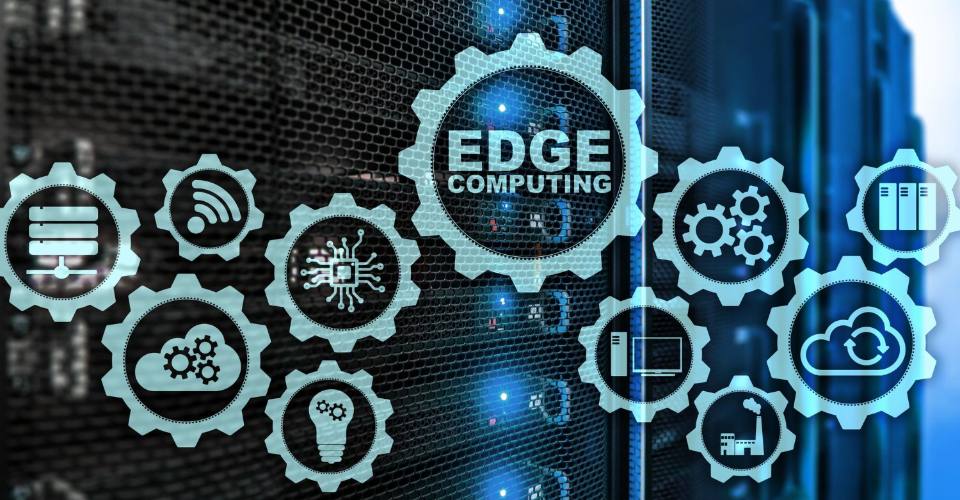
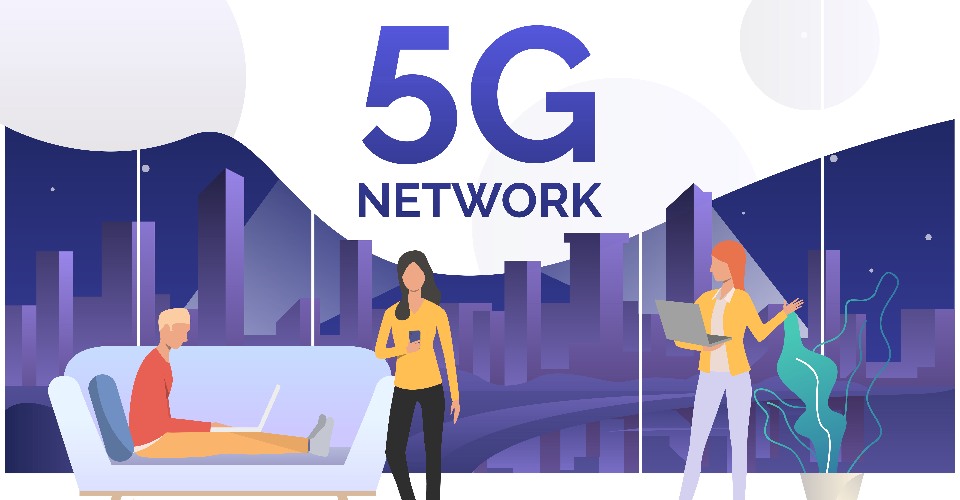
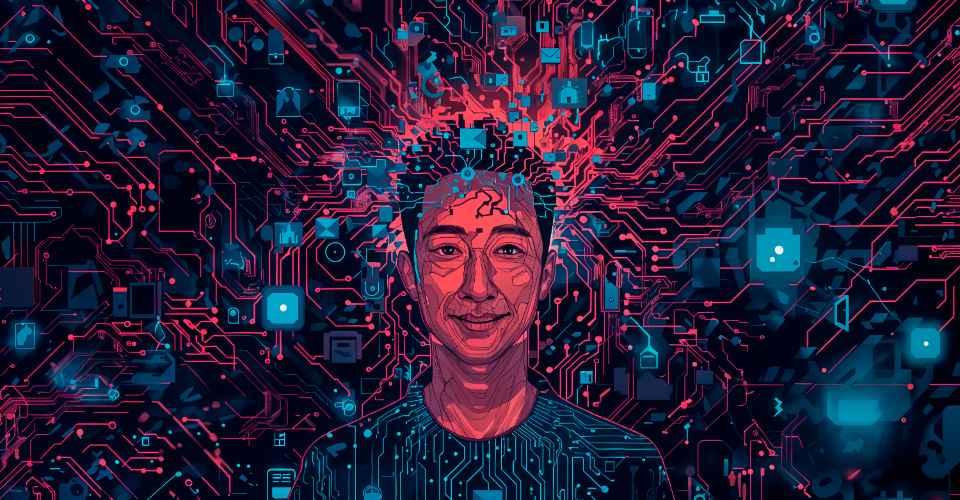






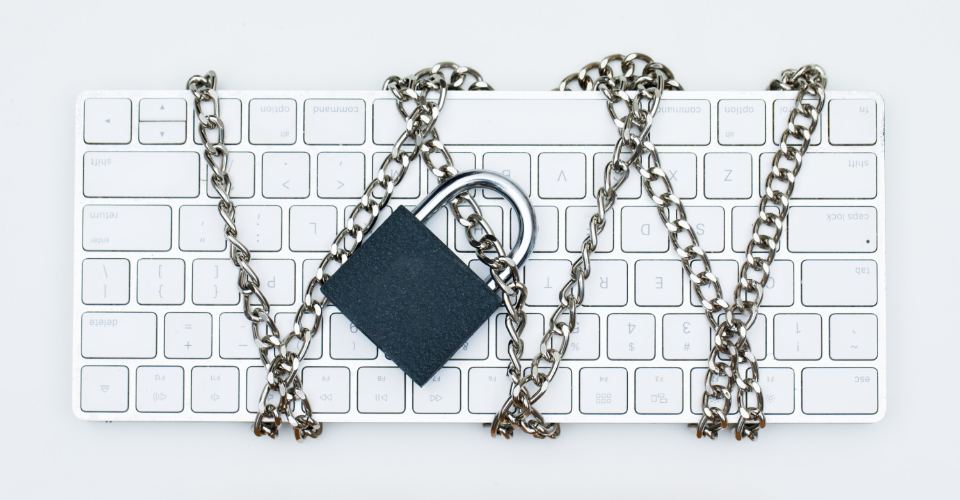

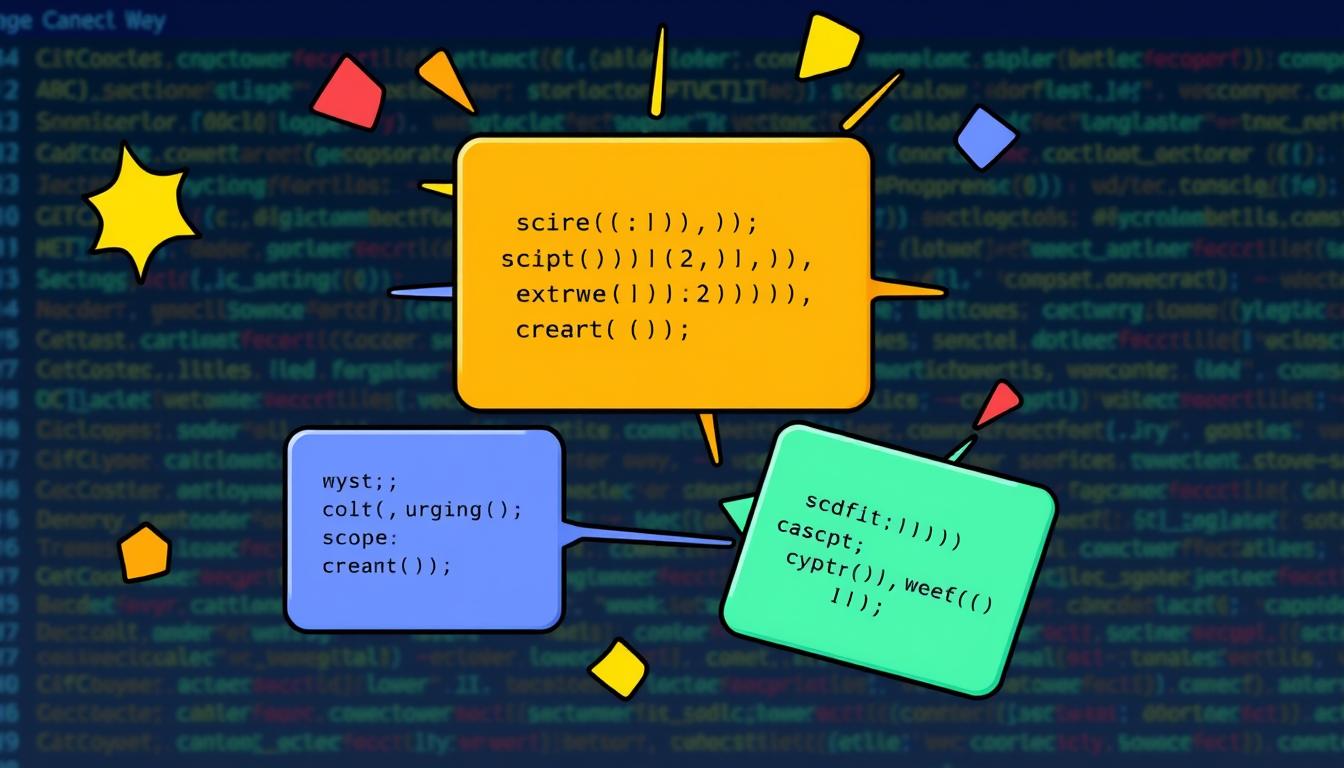
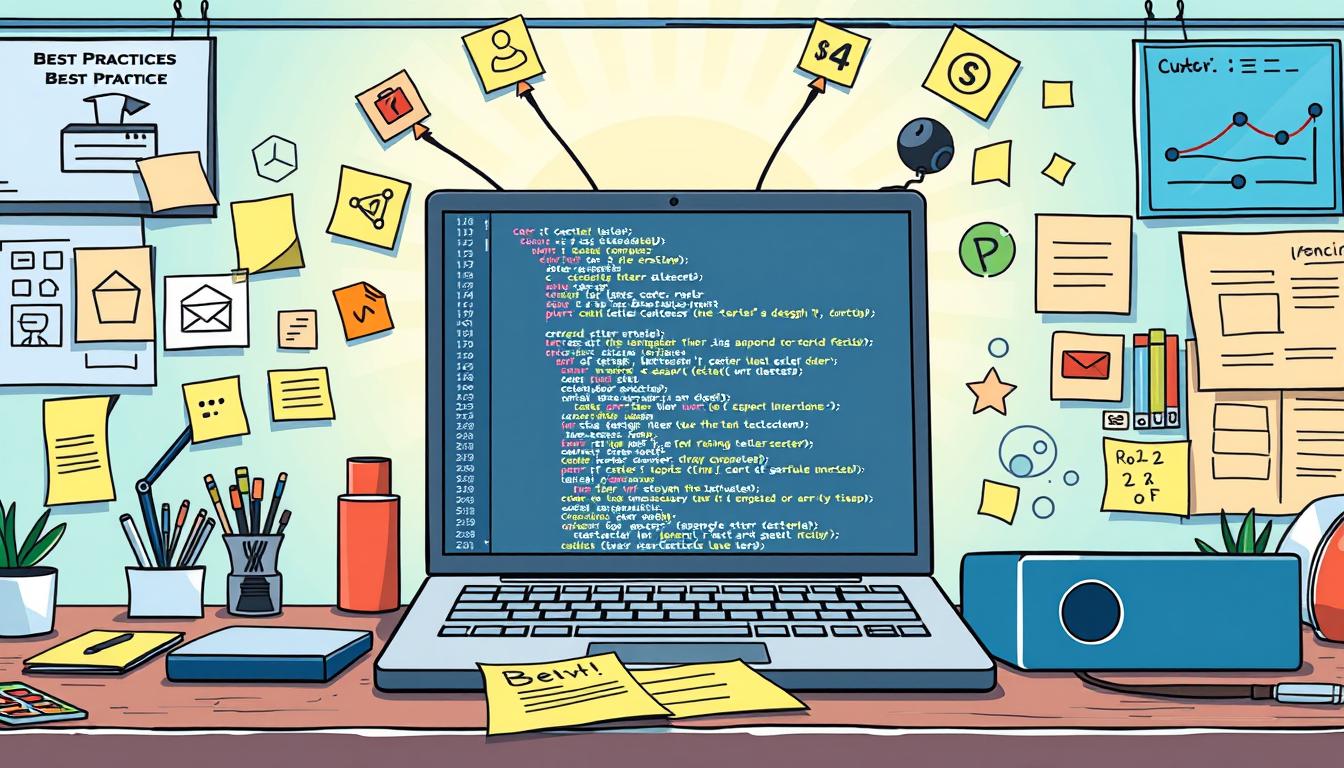
Leave a Reply